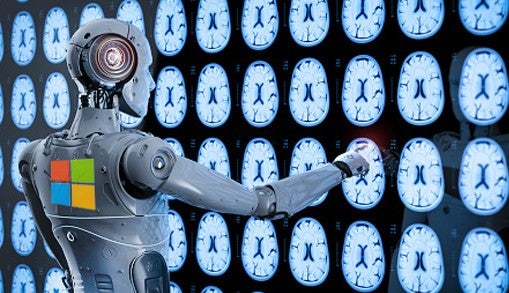
Letter/Comment


Microsoft’s recent unveiling of myriad new artificial intelligence (AI) and data capabilities for health care organizations has many tech experts excited about the tools’ potential impact on the field.
Among the new capabilities: